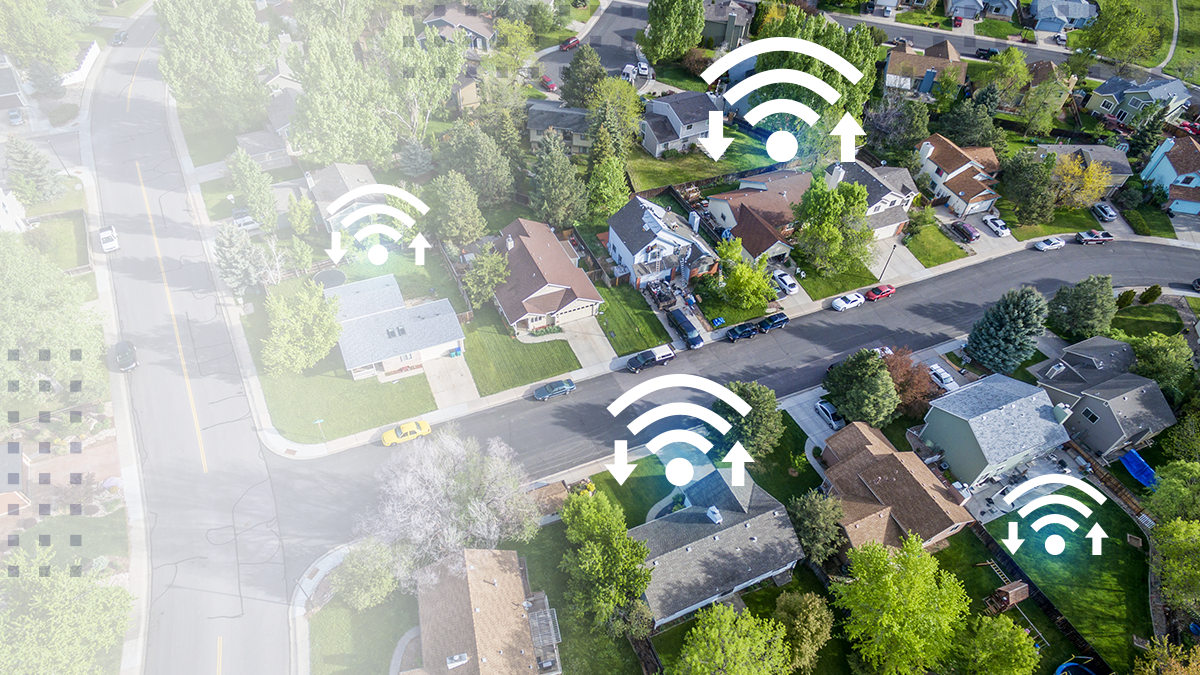Perspectives that catalyze innovation
Calix Blog
The Agentic AI Protocol Revolution: MCP and A2A
Learn about two protocols—Anthropic's Model Context Protocol (MCP) and Google's Agent-to-Agent Protocol (A2A) that are building a new foundation for AI agents.
Oct 30, 2025
|
22 min
3 Ways to Narrow Your Subscriber Focus
Nov 18, 2025
Want To Get a Head Start on Performance Testing for BEAD?
Nov 17, 2025
|
4 min
Want To Trade Guesswork for Results? Unleash the Power of Actionable KPIs
Nov 12, 2025
|
2 min
Filter by
Showing result
1
to
9
of
195
0 Results Found
No Blogs Found



